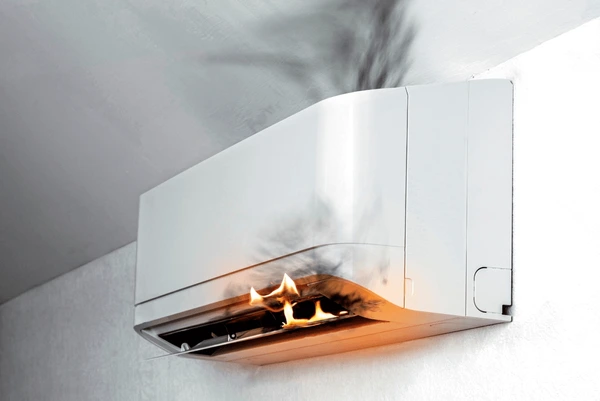
Series and parallel circuits are two basic configurations used to connect electrical components in a circuit. They have distinct characteristics and behaviors. Let’s explore the main differences between series and parallel circuits:
Series Circuit:
- Single Path: In a series circuit, all the components (resistors, bulbs, etc.) are connected end-to-end along a single path. There is only one pathway for current to flow.
- Current: The same current flows through all the components in a series circuit. The current remains constant throughout the circuit.
- Voltage: The total voltage across the circuit is divided among the components. The sum of the individual voltages across each component is equal to the total voltage applied to the circuit.
- Resistance: The total resistance in a series circuit is the sum of the individual resistances. Adding more components increases the total resistance and reduces the overall current.
- Brightness (for bulbs): In a series circuit, if bulbs are used, adding more bulbs will cause all the bulbs to become dimmer since the same current flows through all of them.
- Reliability: If one component in a series circuit fails (e.g., a bulb burns out), the entire circuit is interrupted, and all components stop functioning.
Parallel Circuit:
- Multiple Paths: In a parallel circuit, the components are connected across multiple paths, and each component is connected directly to the power source.
- Current: The total current entering a parallel circuit is divided among the branches. Different branches may have different currents.
- Voltage: All components in a parallel circuit have the same voltage across them. The voltage across each component is equal to the total voltage applied to the circuit.
- Resistance: The reciprocal of the total resistance in a parallel circuit is the sum of the reciprocals of the individual resistances. Adding more components decreases the total resistance and increases the overall current.
- Brightness (for bulbs): In a parallel circuit, each bulb receives the same voltage as the power source, so adding more bulbs does not affect the brightness of other bulbs.
- Reliability: If one component in a parallel circuit fails, the other components can still function, as each branch is independent. The failure of one branch does not interrupt the entire circuit.
In summary, series circuits have a single path for current flow, the same current through all components, and a cumulative voltage drop. Parallel circuits have multiple paths for current flow, the same voltage across all components, and a cumulative reduction in resistance. The choice between series and parallel connections depends on the desired outcome and the specific requirements of the circuit.

Image Credit : IG Electricalworlds



